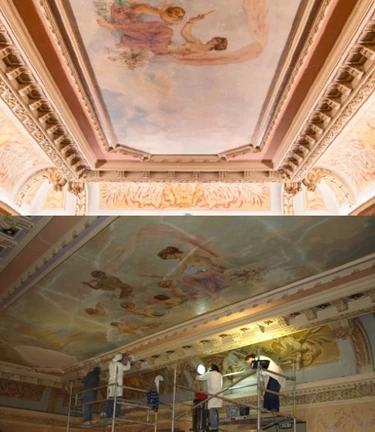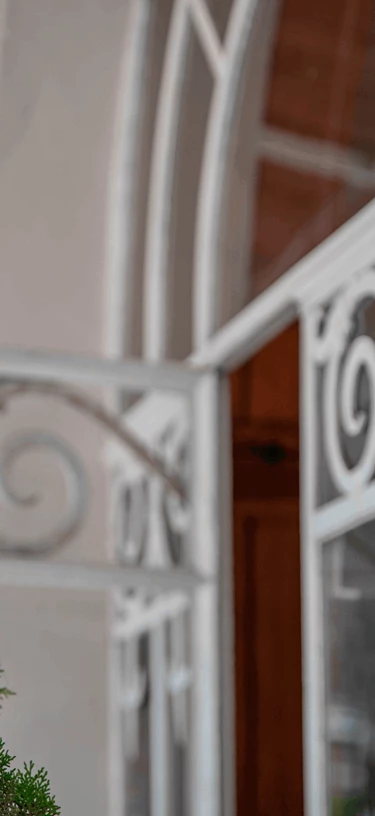
Casino History
Luso Casino
Dating back to its construction in 1886, the Casino is a beautiful architectural specimen, which depicts the "Belle Époque" lived at that time in Portugal. It boasts a magnificent Noble Hall, where the 1910 painting on the ceiling, by the renowned painter Gabriel Constante, stands out.
A venue for cultural entertainment initially intended for long-term thermal facilities’ users, it also features a Library and halls for cultural events and exhibitions.
A charming and unique place
Located on the slope of Serra do Bussaco, in the beautiful village of Luso, the Casino is a crowning jewel in terms of Historical Heritage.
Nowadays, the Casino is a space open to the community for hosting various cultural activities, temporary exhibitions in the summer months and a museum that displays the historical legacy of Sociedade Água de Luso.
Because it is a unique building, many guided tours of the Casino and Museum are undertaken throughout the year.
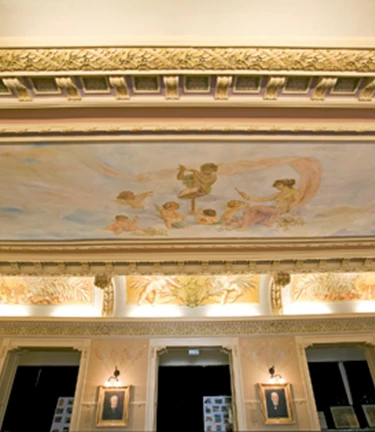
Reference Dates
1886
Inauguration of “Casa da Associação” for leisure, fun and interaction among bathers, which later becomes the "Club".
Casa da Associação is built over the Thermal Spa, after its extension a few years before during construction of new divisions for storage.
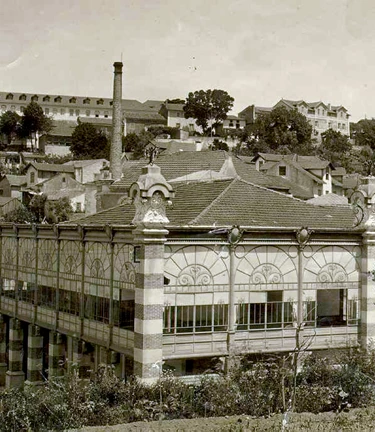
1910
Just before the fall of the monarchy, King Manuel II comes to spend his summer holidays in the bucolic Mata do Bussaco. During his stay and in addition to the long walks through the forest, the king travels to the beautiful village of Luso for spa treatments and to visit the then called "Alameda do Club".
Owing to the king's stays at the palace in Serra do Bussaco, the nobility that accompanied the King also attend Alameda do Club thus increasing the number of visitors to this place. For this reason and from then on, Alameda do Club is renamed and called "Grémio", being fenced all around with masonry walls and iron railings.
Meanwhile some of Grémio’s interior divisions are converted and modernized, such as the ballroom, with the conclusion of works of the “(...) vast adjoining glass gallery. The Ballroom and theatre were decorated with exquisite taste details representing the “Belle Époque”.
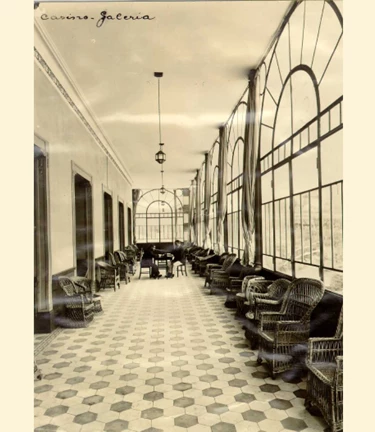
1916
Conclusion of works on the new "(...) building adjacent to Grémio" (Cafeteria) as the number of visitors to Luso and Thermal spa was growing. As the company was concerned with its guests well-being and with providing the best conditions for a pleasant stay, it decided to sign a contract with Casino Peninsular da Figueira da Foz for the lease of Grémio and adjacent cafeteria.
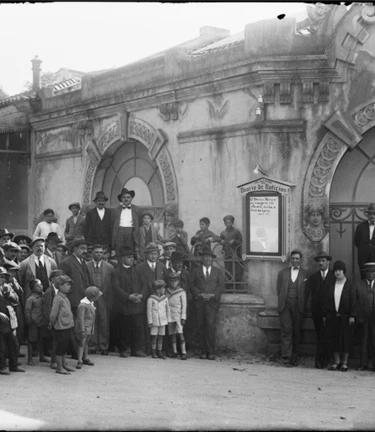
1924
End of lease agreement between Sociedade da Água de Luso (SAL) and Casino Peninsular da Figueira da Foz. This is when the Company takes over its direct operation, and names it Casino.
The name Casino resulted from the recreational activities and board games that took place in this building during the period of the lease with Casino Peninsular Figueira da Foz.
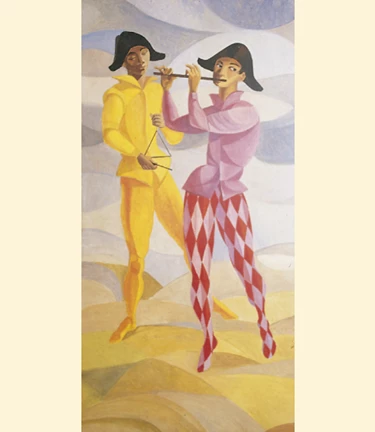
1981
Launch of a Thermal Entertainment Pilot Program. To this end, the Casino’s noble hall and adjoining buildings were used to host art and crafts exhibitions, gala balls, visits, among many other activities. With no match in other Portuguese Thermal spas, this entertainment venue remained open and in operation in the following years, contributing to the promotion of Termas de Luso and the Village of Luso.
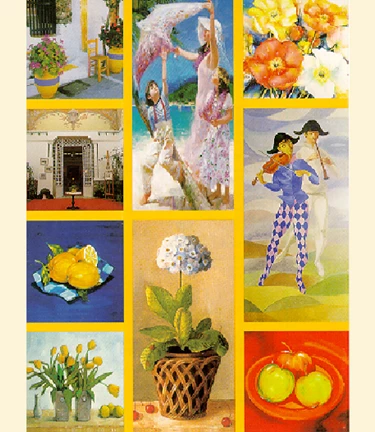
2007 and 2008
Casino undergoes major repairs, infrastructure modernization and restoration, the quality of which is still visible today.
Valuing the existing heritage, these works took two years to complete and involved an investment of about 300 000 Euros to recover the building.
After shutting down for these works, the Casino opens its doors and continues to be a community support venue.
